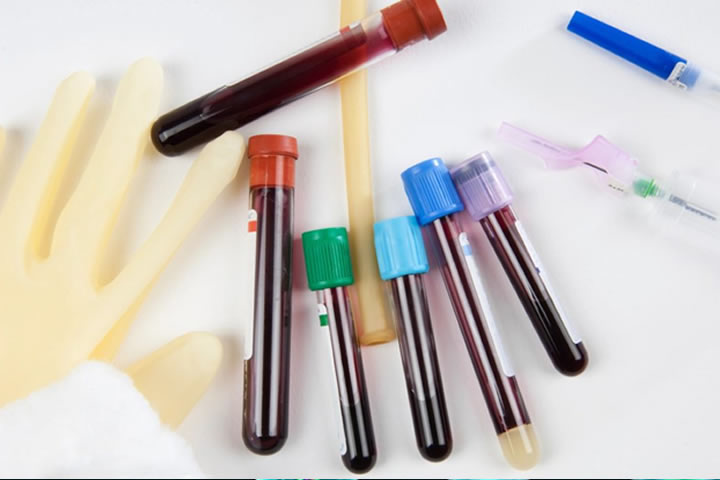Every single human being has two Methylenetetrahydrofolate reductase (MTHFR) genes, one from each of the parents. This gene serves to help your body produce an enzyme that basically helps you process folate, which is a rather necessary process in our organisms. MTHFR wouldn’t be that interesting, though, were it not for mutations that it has become known for.
If you click here you will realize right away what I am talking about and you’ll understand that these mutations are not as uncommon as people might have thought by now.
In fact, statistics show that these mutations occur in around 15% of North American Caucasians and a stunning 20% of Hispanics. In any case, we are not here today to talk about statistics. Instead, we are here to check out the symptoms of MTHFR gene mutation and help you figure out how you can find out for sure whether you are affected by it, as well as how to treat it. So, let us start addressing those issues one at a time.
Symptoms
Let me start by making one thing perfectly clear. Signs of MTHFR gene mutation vary from person to person and people are highly unlikely to discover it unless they start experiencing severely unpleasant symptoms. The first thing you should understand is that having either one or two of these mutations can actually increase the level of homocysteine in the blood. Basically, homocysteine is an amino acid produced by your body during the process of breaking down proteins.
If the level of this amino acid is increased, your blood vessels can get damaged, which further leads to blood clothes. It’s also worth mentioning that people with high homocysteine levels are usually low on vitamin B-12. Poor coordination, seizures, numbness in hand and feet, developmental delays and many other things can be signs of increased homocysteine as a result of MTHFR gene mutation.
You can learn more about this gene here: https://www.healthline.com/health/mthfr-gene
There are a lot more medical conditions that have been associated with a high homocysteine level and thus to MTHFR gene mutations. Basically, if you want to recognize the symptoms of these mutations, you should pay attention to whether people have any of those particular medical problems. Those include:
- Peripheral neuropathy – a neurological condition damaging the nerves
- Ataxia – another neurological issue that affects coordination
- Microcephaly – which is present at birth and can be recognized since the baby’s head is smaller than what’s considered normal
- Scoliosis – which is actually an abnormal spine curving
- Anaemia – lack of red blood cells
- Cardiovascular diseases – including cloths, heart attacks and strokes
- Mental health disorders – including depression and ADHD
As you might have concluded it yourself by now, the key to discovering MTHFR gene mutation is in paying attention to any diseases that might be caused by high levels of homocysteine. Of course, if you have any of those above-mentioned medical conditions, it doesn’t immediately mean that it has to do with MTHFR. Those can be caused by certain other things as well. Still, these symptoms could cause the mentioned gene mutations.

Tests
Of course, noticing the symptoms is definitely not enough to conclude that a specific person has an MTHFR variant. That, however, is an important first step. The doctor can then use the person’s medical history and consider his or her current symptoms in order to decide whether further tests are necessary. Running a blood check for homocysteine levels is usually the first step if the doctor decides that further steps are in fact necessary and that a particular person could very well have this mutation.
Genetic testing will be required in the process of discovering this, though. There are a lot of labs that can perform those tests for you if you suspect that you have an MTHFR variant. Now that you know what MTHFR mutation can cause, you are far more likely to suspect it if you notice that you are affected by any of those symptoms or medical conditions. It’s also worth mentioning that making this discovery can help people get the right treatment for different health problems, and especially depression.
Treatment
Treatment is not always a necessity when it comes to MTHFR variants. Simple lifestyle changes can help offset any particular nutritional deficiencies that might be the result of this mutation. In the event that your homocysteine levels are high, though, you will need to resort to certain treatment methods and your doctor will give you the right advice on that.
Most likely, you’ll be advised to take certain supplements, such as folic acid, vitamins B-12 and B-6, and similar. The most important thing to remember is that you should never take those supplements without first consulting your doctor. That’s because high homocysteine levels can be caused by various different things, meaning that the treatment processes can also differ.

